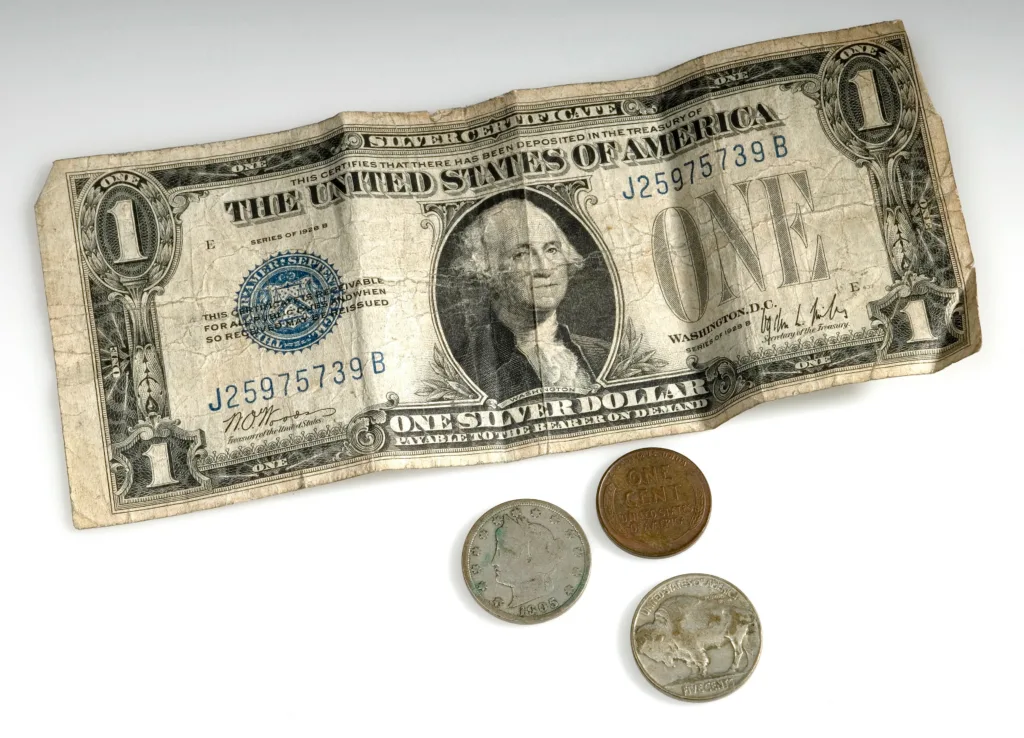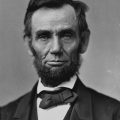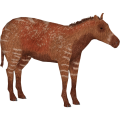Money is a concept that has been around for thousands of years. It is a medium of exchange that allows people to trade goods and services without having to barter. The evolution of money has come a long way from the early days of metal objects being used as currency to the digital age of bank deposits.
Today, the majority of money in our economy is created by banks in the form of bank deposits. Banks create new money whenever they make loans. This means that when you take out a loan from a bank, the bank creates new money and deposits it into your account. This is known as fractional reserve banking.
Fractional reserve banking works by allowing banks to hold only a fraction of the money they lend out as cash reserves. The rest of the money is created as bank deposits. This system works well as long as people have confidence in the banking system and the economy as a whole.
The amount of money in the economy is important for economic growth and stability. Too little money can lead to deflation and a shrinking economy, while too much money can lead to inflation and an overheating economy.
The history of money is a fascinating one. The Lydians were the first Western culture to mint coins around 700 B.C. Other countries and civilizations soon followed suit, minting their own coins with specific values. The use of paper money began in China around 960 A.D. and soon spread to other parts of the world.
Today, we live in a digital age where money is mostly stored as bank deposits and used for electronic transactions. The role of physical cash is decreasing as more and more transactions are conducted electronically.
The evolution of money has come a long way from the early days of metal objects being used as currency to the digital age of bank deposits. The creation of money by banks through fractional reserve banking is a key driver of economic growth and stability. While the history of money is fascinating, its future is even more intriguing as we continue to move towards a more cashless society.
Where Does Money Originate?
Money, in the modern economy, is largely created by banks when they make loans. Banks create new money in the form of bank deposits whenever they make loans to individuals or businesses. This is because when a bank makes a loan, it credits the borrower’s account with a new deposit, which the borrower can then spend. This creates new money in the economy.
In fact, according to some estimates, around 97% of the money in the economy today exists as bank deposits, while just 3% is physical cash. This means that the vast majority of the money in circulation is created by banks through the act of lending.
It’s worth noting that this process of money creation by banks is regulated and overseen by central banks, such as the Federal Reserve in the United States. Central banks have a range of tools at their disposal to influence the amount of money in circulation, such as setting interest rates and regulating banks’ reserve requirements.
Money is largely created by banks when they make loans by creating new bank deposits. The vast majority of the money in circulation today exists in this form, with only a small proportion being physical cash.

Where Did Money Originate?
The origins of money are not entirely clear, but it is believed that metal objects were first used as a form of currency as early as 5,000 B.C. The Lydians, a civilization that emerged around 700 B.C., were the first to mint coins in the Western world. Other cultures soon followed suit, creating their own coins with specific values. The production of money has since evolved, with paper currency and digital forms of payment becoming increasingly common. However, the Lydians are credited with being the first to create a standardized currency, which served as a model for future civilizations.
Conclusion
Money has been an integral part of human civilization for thousands of years. From the early use of metal objects as currency to the creation of bank deposits by modern banks, money has evolved and transformed over time. Today, the majority of money exists as bank deposits, with physical cash making up only a small percentage. The creation and management of money is a complex and important aspect of our economy, and understanding how it works is crucial for individuals and businesses alike. Whether we are making purchases, saving for the future, or investing in the stock market, money plays a central role in our daily lives.












